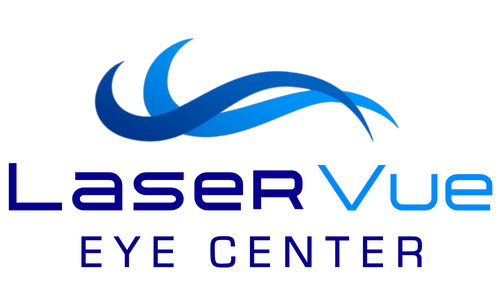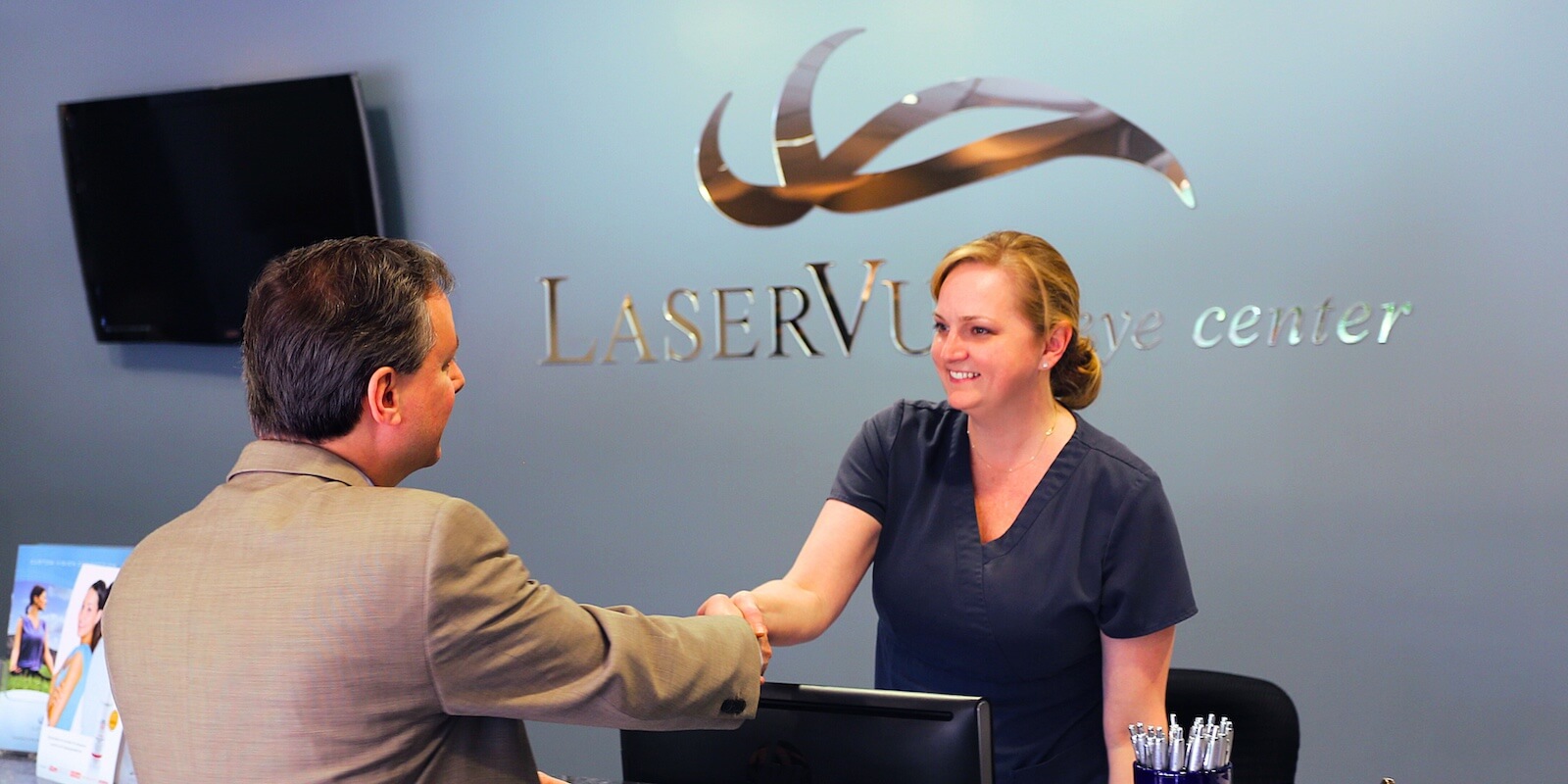Posted by: LaserVue LASIK & Cataract Center in LASIK,Post Op Care,Vision Correction Questions

Congratulations, you’ve just received LASIK eye surgery! So, what does the road ahead look like?
There are many stages, and while every patient has a slightly different timetable of recovery, you can generally expect much of the healing to occur in the first two weeks, but several months for complete recovery. Following all instructions from your surgeon will ensure a quicker, safer healing process.
The First 24 Hours of LASIK Recovery
Within an hour of the procedure, the anesthesia will wear off and you will likely experience some mild discomfort for the next several hours. Your eyes might water or be red during this time. It is imperative to avoid rubbing your eyes to avoid disturbing the flap that was cut to access the deeper layers of your eyes, which is why you will be provided with protective eye shields. The initial healing process and symptoms are related to the eye resealing this tiny flap. The flap starts healing immediately but takes about a week to fully reseal.
Within 24 hours, you will likely experience significant improvement in your vision, but this will not be the end of your improved clarity or the healing process. The higher your starting prescription (worse vision), the longer it will take for your vision to clarify, though it should not take more than a few days at most for dramatic improvement.
The overall physical shape of your cornea is the largest determinant of your visual acuity, and LASIK reshapes it broadly, but there are still tiny imperfections from the surgery that will heal and improve your vision over time. The main symptom that affects the vision in the initial recovery phase is dry eye, which can cause the vision to be blurry or fluctuate. Most patients recover in about 3-6 months from LASIK dryness.
The First Two Week of LASIK Recovery
The most critical healing time occurs in the first two weeks when you should do all you can to lubricate your eyes and protect them from physical trauma, dust, and chemicals. Apply eye drops prescribed by your surgeon and wear eye shields as directed, even if these protective elements are uncomfortable or your eyes feel fine.
Avoid eye makeup for at least one week, and campfires, barbecues, gardening, and other dusty or smoky activities for at least two weeks. You should avoid hot tubs, swimming, and contact sports for two weeks.You will also want to avoid smoking or vaporizing for the first few weeks as well. Your surgeon might recommend you avoid these activities for longer depending on your healing.
Give your eyes and body plenty of rest by taking frequent breaks, especially when using computers or reading. After 3-5 days, you can perform moderate exercise, and within a couple of weeks, vigorous exercise that has a low risk of eye trauma (such as sprints on a stationary bike or weight lifting) is okay. Keep a towel handy to avoid too much sweat dripping into your eyes, however. Avoid contact sports for one month.
The First Year of LASIK Recovery
Within two weeks, most symptoms will have largely subsided, but you may still experience some variations in your vision, light glare or halos, and difficulty driving at night for a month or longer, especially if you have larger pupils. The healing process and vision stabilization at this point are largely related to the structures in your eyes adapting to the new shape of your cornea. Your surgeon can provide a more accurate estimate for your healing process based on your starting prescription, pupil size, corneal depth, and other factors, although they cannot predict your recovery time precisely. However, most patients will be fully recovered in three to six months, with their vision stabilizing and symptoms disappearing.
Glare and halos may take up to 6 months to a year to gradually disappear. For larger treatments, a small decrease in nighttime vision may be present. This is due to the dramatic reshaping of the cornea.
Only about 3-5% of patients will require a LASIK enhancement for the best results. The recovery time and process for an enhancement are about the same as the initial surgery if the enhancement is also LASIK. Sometimes the surgeon will recommend a PRK enhancement, especially if it has been several years since the initial surgery, which has a longer recovery period.
Recover your Vision with Custom LASIK at Laservue!
If you’re ready to ditch the glasses or contacts, Dr. Bansal at LaserVue can send you on the road to recovery with custom LASIK. Our optometrists offer maximum support during your recovery period to ensure your symptoms are minimal and your results are maximized. Compared to many other surgeries, LASIK has an incredibly fast recovery with very high satisfaction.
Are you interested in learning more about LASIK and live in the Santa Rosa or San Francisco areas, CA? Call us today!

